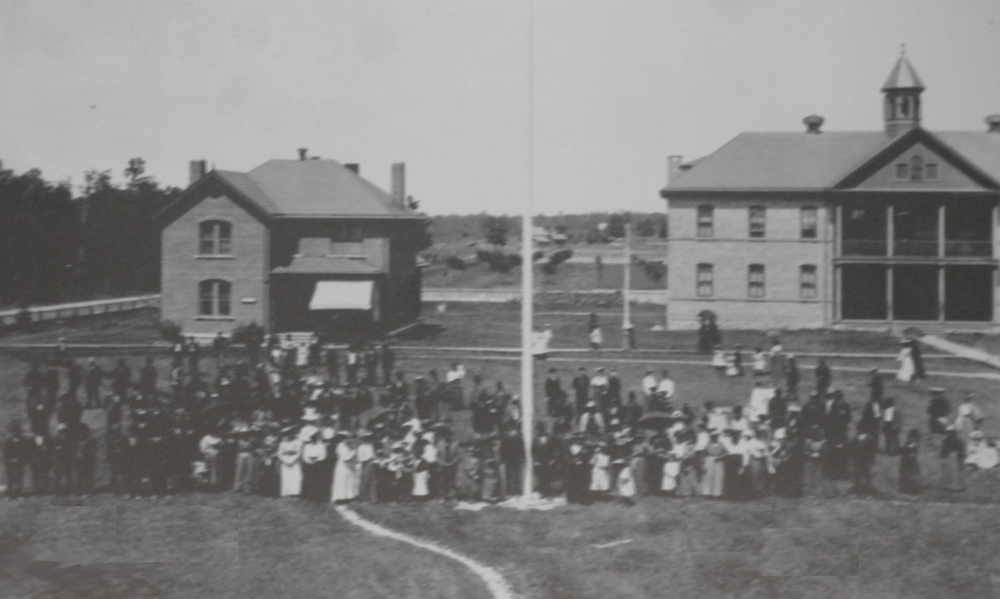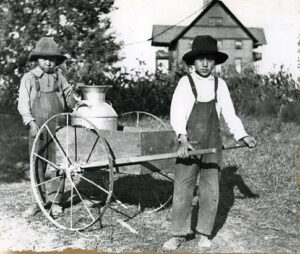
By Kris Leonhardt
Editor-in-chief
Continued from last week
“The early 1900s were different times for our people,” said former general manager/strategist, Bill Gollnick.
The Dawes Allotment Act of 1887 divided reservation land into individual parcels and tribal land ownership was significantly reduced inside the reservation boundaries.
“…local developers convinced politicians to withdraw protections, so our lands could be acquired sooner,” Gollnick explained.
“Most of our lands were lost as people were told to take their money to the bank and get money to farm in the European models. This was when most of our people could still not speak English and we were indeed vulnerable.”
In 1903, they established the town of Oneida.
“In 1908, Oneidas established a second town named to honor New York Episcopal missionary, John Henry Hobart, who assisted the tribe as we were losing our homeland,” Gollnick added.

“Our leaders were attempting to govern the reservation, using the structures they had learned about in school.
“These two town boards would now exercise some governmental authority over and function for the benefit of the reservation residents.”
“But, once the lands were taken and sold to non-Oneidas, the town board’s positions changed. Oneidas were no longer elected to the boards.
“Federal law makes clear that, even as lands change hands, the reservations continue and tribal jurisdiction remains, but most Americans didn’t know that. Federal law policies pitted us against one another.
“In 1934, America passed the Indian Reorganization Act, and Oneida deliberated for two years before adopting this…”
The adoption of the Reorganization Act established a Constitution and an elected governing body for the Oneidas.
The United States government purchased 1,270 acres of reservation land and placed it in a trust to benefit the tribe.
The act also created a quarter-blood quantum to declare membership in the tribe.
“FDR’s New Deal ensured that there would be no more taking of Indian lands. It also allocated some funds for the reacquisition of some of the lands,” Gollnick stated.
Next week: A growing community
